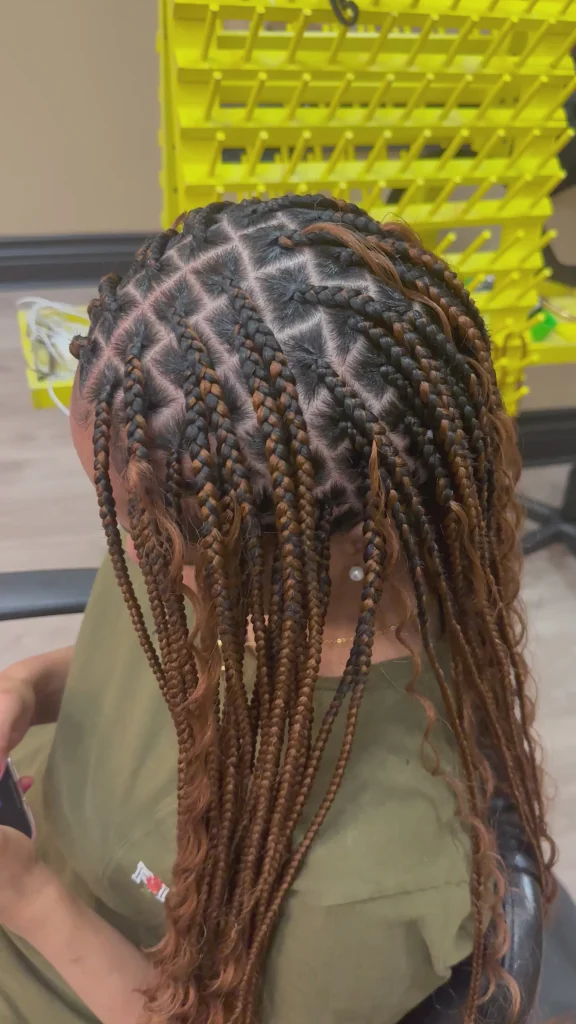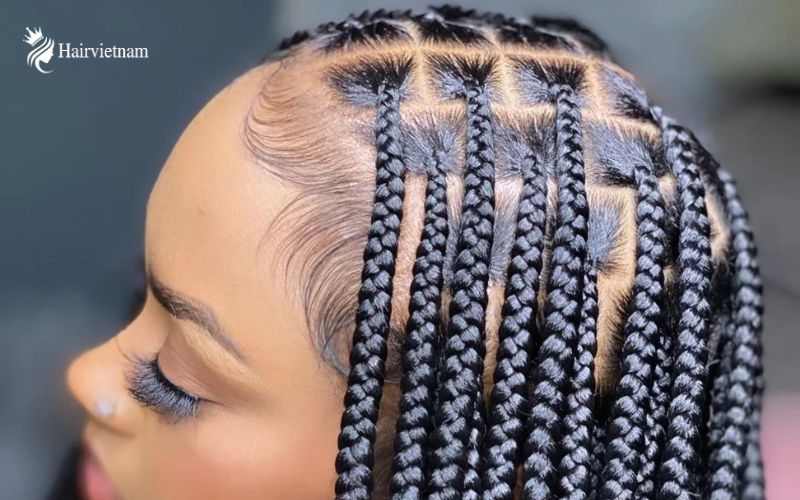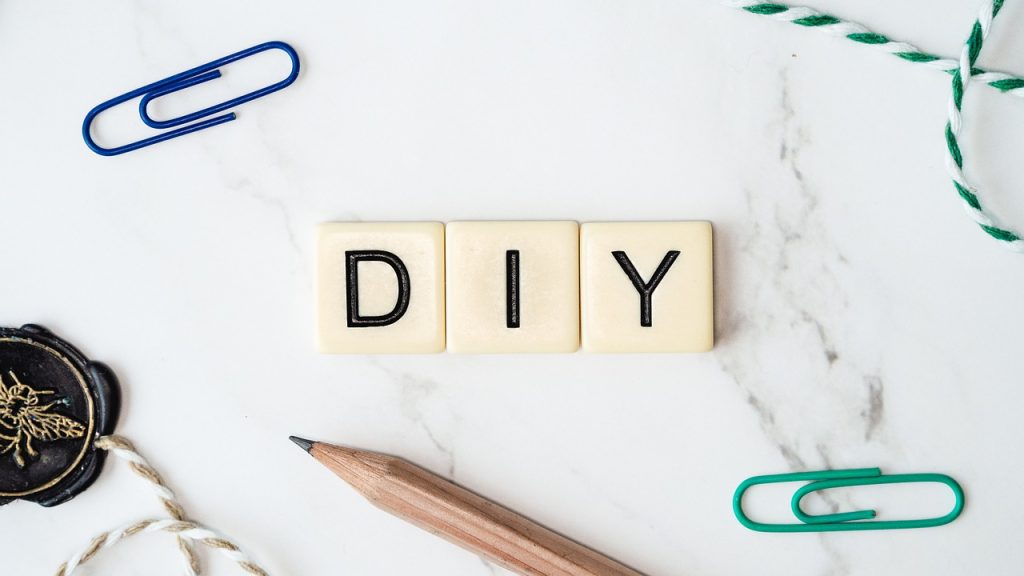Understanding different hair textures helps you choose the right techniques, products, and care tips to keep your clients’ hair healthy and ensure long-lasting braids.
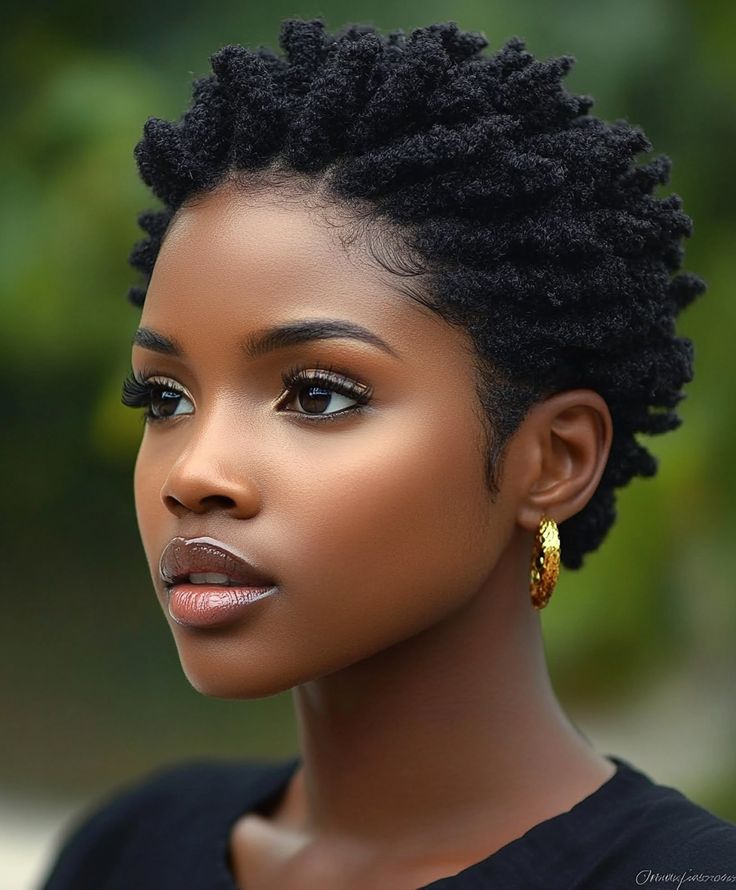
1. Hair Texture Types
Hair texture is determined by curl pattern and thickness. It falls into four main categories:
🔹 Type 1: Straight Hair
✅ Characteristics:
- No natural curl pattern.
- Can be fine, medium, or coarse.
- Tends to be oily and slippery.
✅ Braiding Tips:
- Hair can be too smooth for braids; use mousse, gel, or dry shampoo to add grip.
- Rubber bands or small elastics help secure braids.
- Recommend volumizing products to prevent braids from slipping out.
✅ Care Tips:
✔ Use lightweight products (avoid heavy oils and butters).
✔ Wash often to control oil buildup.
✔ Dry shampoo helps absorb excess oil.

🔹 Type 2: Wavy Hair
✅ Characteristics:
- Has an “S” wave pattern.
- Can be frizzy, especially in humid conditions.
- Medium porosity (can hold braids well).
✅ Braiding Tips:
- Slightly damp hair makes parting easier.
- Use lightweight leave-in conditioners to reduce frizz before braiding.
- Loose braids work well to maintain the wave pattern.
✅ Care Tips:
✔ Avoid heavy creams that weigh down waves.
✔ Use anti-frizz serums for smoother braids.
✔ Protect hair with satin bonnets at night.
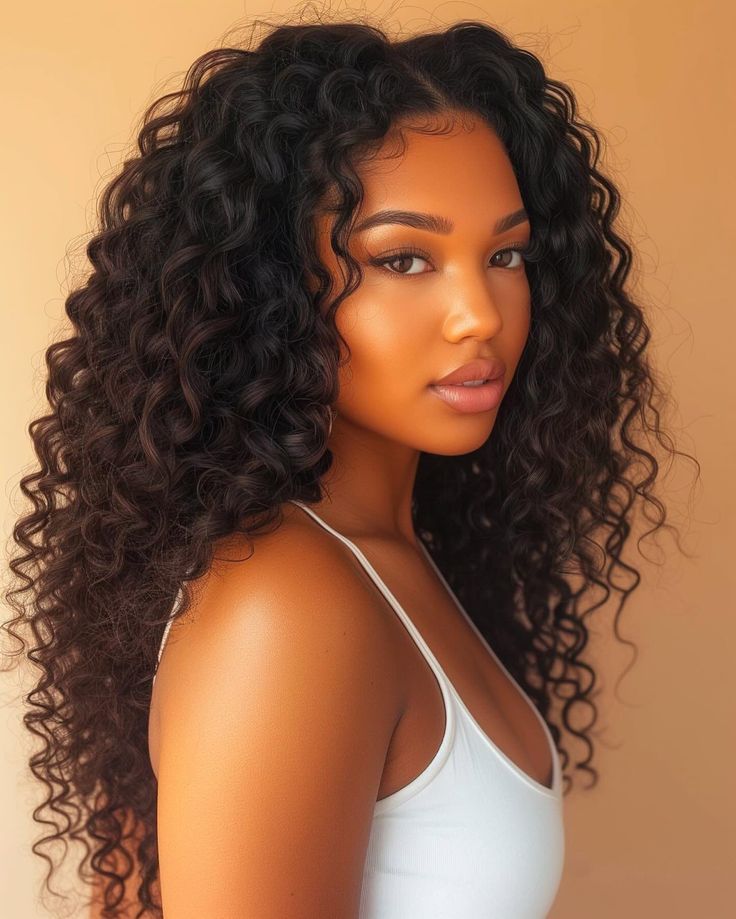
🔹 Type 3: Curly Hair
✅ Characteristics:
- Defined curls ranging from loose to tight spirals.
- Prone to dryness and frizz.
- Shrinks when dry, so stretched styles help with braiding.
✅ Braiding Tips:
- Moisturize before braiding using leave-in conditioner.
- Stretch hair with blow-drying, banding, or threading before braiding for a neater look.
- Use edge control to smooth roots for polished styles.
✅ Care Tips:
✔ Deep condition regularly to keep hair hydrated.
✔ Avoid alcohol-based gels that cause crunchiness.
✔ Pineapple (loose high ponytail) or satin scarf at night to preserve curls.
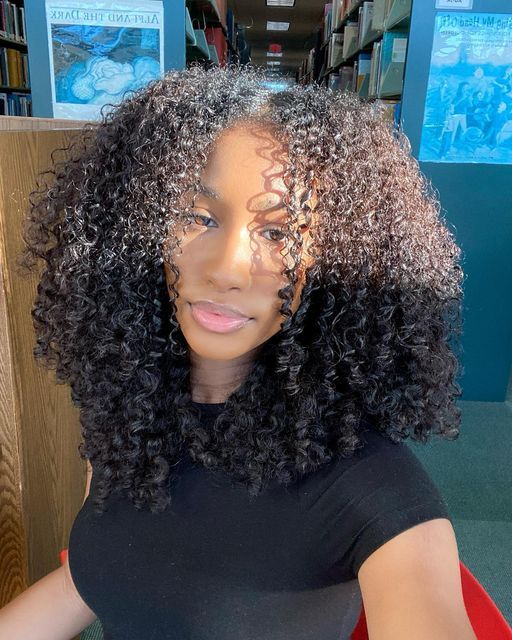
🔹 Type 4: Coily/Kinky Hair (Common in African Hair)
✅ Characteristics:
- Tight coils or zigzag pattern.
- Shrinkage up to 80%, making hair appear shorter.
- Prone to dryness, tangling, and breakage.
✅ Braiding Tips:
- Always detangle before braiding using a wide-tooth comb and leave-in conditioner.
- Stretch hair with heat-free methods (threading or braiding) for easier parting.
- Use thick butters (shea butter, castor oil) for moisture before installing braids.
✅ Care Tips:
✔ Keep hair moisturized under braids (spray leave-in conditioners work well).
✔ Sleep with a satin scarf or bonnet to prevent frizz.
✔ Avoid excessive tension when braiding to prevent hair loss.

2. Hair Porosity & How It Affects Braiding
Porosity determines how well hair absorbs and retains moisture.
🔹 Low Porosity Hair (Cuticles are tight, repels moisture)
✔ Use lightweight, water-based moisturizers before braiding.
✔ Avoid heavy oils that sit on top of the hair.
🔹 Medium Porosity Hair (Balances moisture well)
✔ Use light oils like argan oil before braiding.
✔ Braids hold well and last longer without extra grip products.
🔹 High Porosity Hair (Absorbs moisture but loses it quickly)
✔ Use thick creams and butters before braiding.
✔ Seal in moisture with heavy oils like castor oil or shea butter.
3. General Braiding Hair Care Tips for All Hair Types
💡 Before Braiding:
✅ Wash and deep condition hair to ensure it’s clean and hydrated.
✅ Detangle hair completely to prevent breakage.
✅ Apply leave-in conditioner and a light oil to lock in moisture.
💡 During Braiding:
✅ Avoid braiding too tightly to prevent hair loss and scalp pain.
✅ Use edge control for a neat, long-lasting finish.
✅ Recommend protective styles that suit the client’s hair type.
💡 After Braiding (Maintenance):
✅ Moisturize braids every 2-3 days with braid spray or light oil.
✅ Cover hair with a satin scarf or bonnet at night.
✅ Advise clients not to keep braids for longer than 6-8 weeks to avoid damage.
Would you like me to create a client hair care guide that you can give to customers after braiding? 😊
